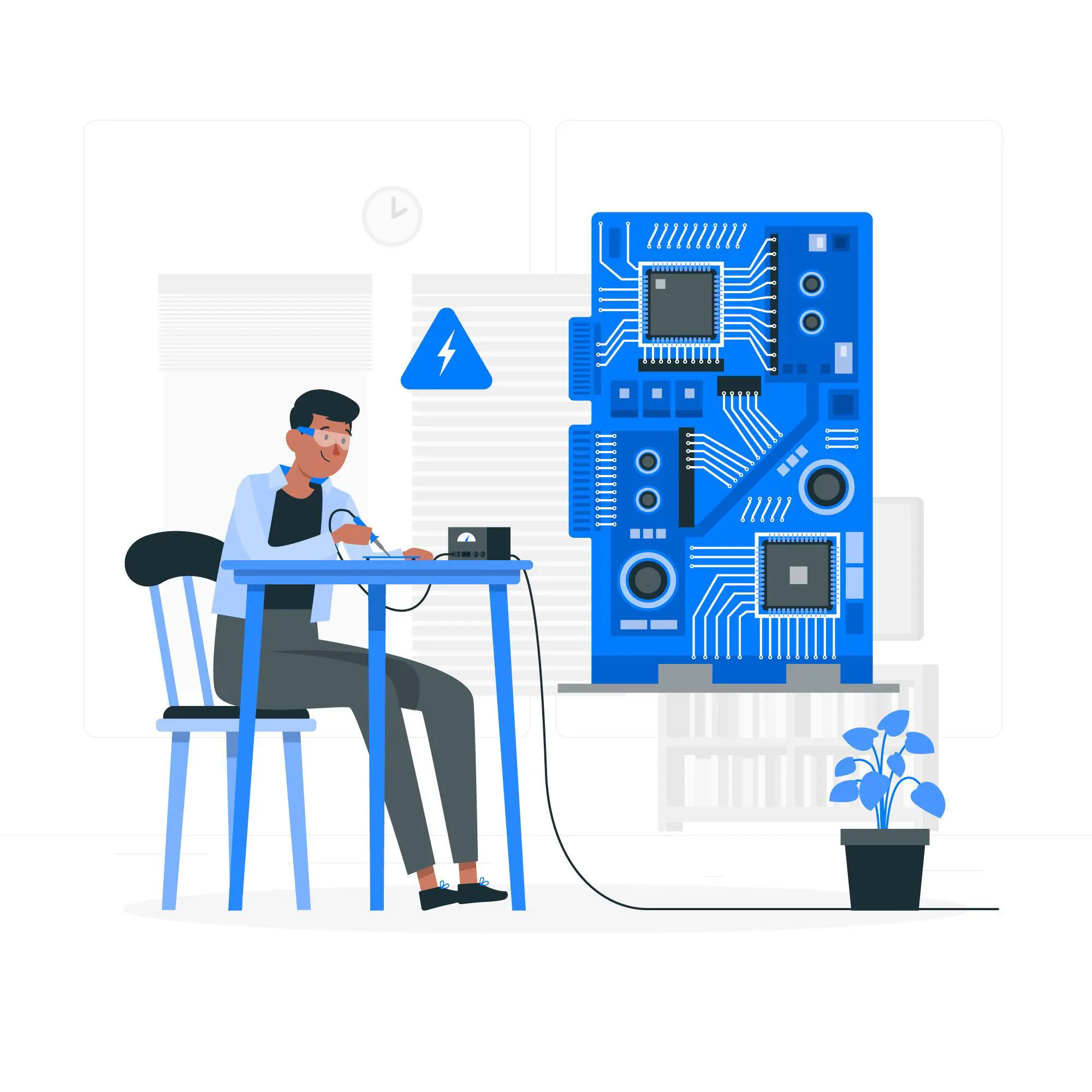Programmable Logic Controllers (PLCs) are the backbone of industrial
automation, ensuring smooth running of machines and processes.
PLCs are designed to be durable, but like any other electronic
equipment it can experience problems over time. Whether it’s a power
surge, a software glitch, or wear and tear, PLC failure can stop
production, leading to expensive downtime.
Let’s dive into the common reasons for PLC failures and how to
troubleshoot and maintain them to keep your systems running
efficiently.
Common Causes of PLC Failures
PLCs can encounter various issues, some of which may be tricky to
spot. Here are a few key factors that can cause a failure:
- 1. Electrical Failures: Short circuits, voltage spikes, or sudden
power surges can harm the internal parts of a PLC. Install surge
protectors and perform routine electrical checks and
maintenance to avoid this.
- 2. Software Glitches: The software on a PLC plays a vital role in
its smooth operation. Mistakes in programming or software
conflicts can lead to system failure. Keeping software updated
and using good coding practices can prevent these problems.
- 3. Component Deterioration: Over time, mechanical parts such
as connectors, cooling systems, and fans may experience wear
and tear. This can lead to electrical problems, overheating, and
poor performance.
- 4. Operator Error: Human errors, such as mistakes in
programming or data entry can lead to system failure. Regularly
backing up your PLC data is a smart habit.
- 5. External Interference: Electrical interference from nearby
devices can disrupt the operation of PLC. Proper grounding and
shielding of PLC can help to avoid this issue.
- 6. Environmental Influences: PLCs in industrial environments
face exposure to dust, dirt, humidity, extreme temperature, and
chemicals. Consistent cleaning and safeguarding is necessary to
withstand these harsh conditions.
Signs of PLC Failure
- 1. The actuators are not working as expected, sensor
malfunctioning or errors in readings.
- 2. The system is experiencing voltage fluctuations, leading to
unpredictable behaviour.
- 3. Difficulty in powering up, leading to shutdowns.
- 4. Network communication problems including lost connections and
missing data.
- 5. Overheating causes damage to components.
- 6. Conflicts with other components of the system.
How to Troubleshoot Common PLC Problems?
- 1. Check PLC Status Indicators: PLCs are equipped with status
indicators that display error codes or fault alerts. Review this
indicator and refer to the manufacturer's guide to pinpoint the
issue and resolve it fastly.
- 2. Grounding Inspection: Ground loops are common causes of
PLC failures, leading to interference. To prevent this, make sure
all the components are properly grounded and inspect for any
unintended ground connections.
- 3. Check Inputs: If the PLC is getting inconsistent or unresponsive
sensor reading, the issue may be due to faulty inputs. Check all
input devices to make sure that they are correctly wired and
functioning properly.
- 4. Examine Outputs: Check the output devices for loose
connections, damaged wiring, or other issues.
- 5. Inspect CPU: The CPU is the core of the PLC. Inspect the CPU
for any signs of damage, overheating, or loose connections. If
the issue is not clear, consult with a professional..
Tips for Caring Your PLC
Regular maintenance is important to prevent potential issues. Follow a
consistent cleaning and inspection routine to detect problems. Shield
your PLC from dirt and dust. Prioritizing maintenance and
troubleshooting can reduce downtime and extend the life of your PLC.
Cognidel is a premier training institute specializing in industrial
automation, offering a comprehensive PLC programming course in
Bangalore. Designed for both aspiring engineers and industry
professionals, the course provides in-depth knowledge of PLC
programming, SCADA, HMI, and industrial communication protocols.
With a strong emphasis on practical learning, Cognidel integrates
hands-on training, real-world case studies, and expert-led instruction
to ensure proficiency in automation technologies. Equipped with
state-of-the-art lab facilities and a structured curriculum, the institute
empowers learners with the technical expertise required to excel in
industrial automation and control systems.
